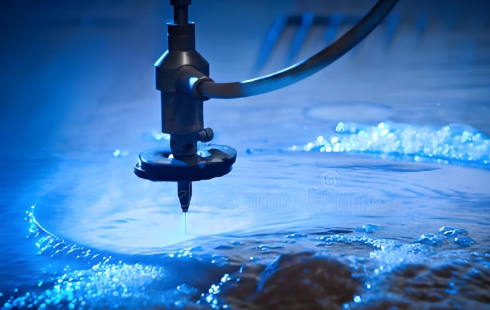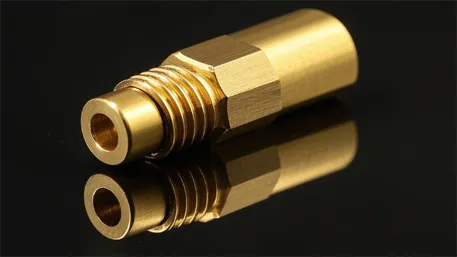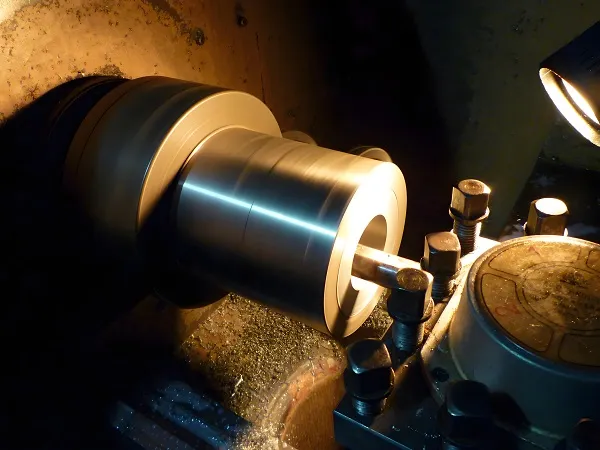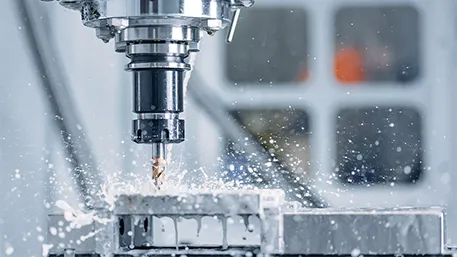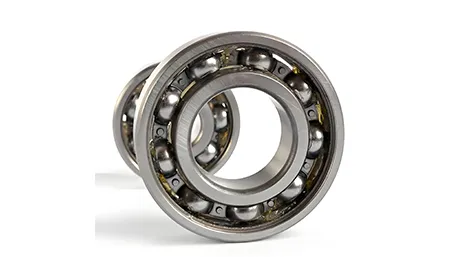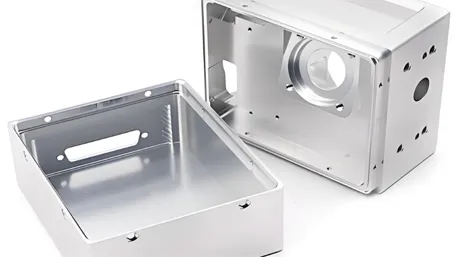CNC water jet cutting is an advanced manufacturing process that uses a high-pressure stream of water (often mixed with abrasive particles) to cut materials. Controlled by CNC systems, it slices through materials by eroding them with water speeds up to 900 m/s. This cold-cutting method avoids heat-induced damage, making it ideal for heat-sensitive materials.
Detailed Analysis of CNC Water Jet Cutting
1. Core Technologies
CNC water jet cutting relies on several key technologies:
- High-Pressure Pumps: These generate pressure between 30,000–90,000 psi (2,000–6,200 bar). Intensifier pumps use hydraulic pressure to amplify water pressure, while direct-drive pumps are more energy-efficient for lower pressures.
- Abrasive Delivery Systems: For cutting hard materials (metals, stone), abrasive particles (garnet, aluminum oxide) are mixed with water in a nozzle. The abrasive enhances cutting power by acting as a grinding agent.
- CNC Control Systems: Convert CAD designs into precise toolpaths, controlling the nozzle’s movement along X, Y, and Z axes. Advanced systems adjust water pressure and speed in real time based on material thickness.
- Nozzle Design: The nozzle (typically made of ruby or diamond) focuses the water jet into a narrow stream (0.1–1 mm diameter). Its wear resistance is critical, as high-pressure water and abrasives cause gradual erosion.
2. Manufacturing Process
The CNC water jet cutting workflow includes these steps:
- Design & Programming: Engineers create 2D/3D CAD models. CAM software generates toolpaths, setting parameters like cutting speed (1–50 mm/min) and pressure. For thick materials, multiple passes may be programmed.
- Material Setup: The workpiece is secured to the cutting bed (often made of steel or granite) using clamps or a vacuum table. Soft materials (foam, rubber) may need a backing to prevent water penetration.
- Cutting Execution: The pump pressurizes water, which is mixed with abrasive (if needed) and forced through the nozzle. The CNC system guides the nozzle along the toolpath, eroding the material. A catcher tank below collects water and debris.
- Post-Processing: Parts are rinsed to remove abrasive residue. No heat-affected zone means minimal finishing—only deburring for sharp edges in metal parts.
3. Materials Used
CNC water jet cutting handles an exceptional range of materials:
- Metals: Steel (including stainless), aluminum, titanium, and brass. It cuts thick metal (up to 300 mm) without warping, unlike laser cutting.
- Stone & Ceramics: Marble, granite, tile, and porcelain, used for countertops and architectural elements.
- Composites: Carbon fiber, fiberglass, and Kevlar, where heat from other methods would delaminate layers.
- Soft Materials: Foam, rubber, wood, and textiles (e.g., carpet, leather), with pure water (no abrasive) to avoid damage.
- Plastics & Glass: Acrylic, PVC, and tempered glass, as the cold process prevents cracking or melting.
4. Types of Products Produced
CNC water jet cutting creates diverse items:
- Metal Components: Automotive panels, aerospace parts, and industrial gaskets with intricate cutouts.
- Architectural Elements: Stone countertops, decorative metal screens, and glass partitions with custom patterns.
- Signage & Art: Wooden signs, metal sculptures, and acrylic displays with detailed designs.
- Aerospace/Defense Parts: Titanium brackets and composite panels, where material integrity is critical.
- Food Industry Items: Custom-shaped chocolate molds or cutting boards (using food-safe water).
5. Key Applications & Industries
CNC water jet cutting serves vital sectors:
- Aerospace: Cutting heat-sensitive materials like titanium and composites for aircraft frames and engine parts.
- Automotive: Producing prototype parts and custom components (e.g., racing car body panels) without distortion.
- Construction: Fabricating stone countertops, metal railings, and glass facades with precise fits.
- Manufacturing: Creating gaskets, seals, and machinery parts from diverse materials, including those incompatible with heat-based cutting.
- Art & Design: Enabling artists to cut complex shapes in stone, metal, or wood for sculptures and installations.
6. Common Scenarios & Advantages
CNC water jet cutting excels in scenarios such as:
- Heat-Sensitive Materials: Cutting plastics or composites where laser or plasma cutting would cause melting or degradation.
- Thick or Hard Materials: Processing 200 mm steel blocks or granite slabs that are unmanageable with other methods.
- No Material Distortion: Producing parts with tight tolerances (±0.1 mm) without warping, critical for aerospace and medical tools.
- Eco-Friendly Cutting: Using recyclable water and abrasive (garnet is reusable), with no toxic fumes—unlike plasma cutting.
Limitations include slower speed than laser cutting for thin metals and higher operating costs due to abrasive and water usage. Yet, its versatility makes it irreplaceable for materials unsuitable for other processes.
In summary, CNC water jet cutting’s ability to cut almost any material without heat damage makes it a versatile solution across industries, from heavy manufacturing to fine art.
